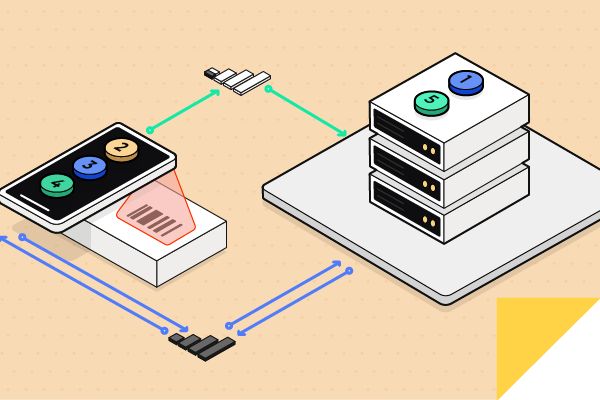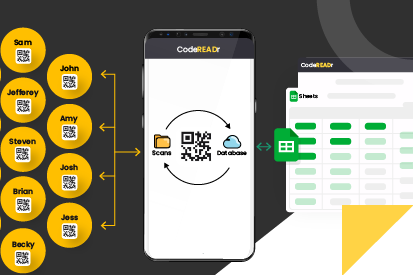June 6, 2019 • 10 min read
Guide to Choosing the Right Barcode Scanner
Choosing the right barcode scanner is crucial for enhancing data entry speed and accuracy, offering significant advantages over manual data entry. This guide explores various barcode scanning solutions, detailing the pros and cons of each to help you make an informed decision. CodeREADr can be deployed on a variety of devices and form factors, and your choice in device can save you time and money.
CATEGORIES
SOCIAL SHARE
Android OS Mobile Computers for Efficient Barcode Scanning
Leading manufacturers like Zebra, Honeywell, and DataLogic equip their Android OS touch computers with advanced “Imager” hardware, capable of scanning both 1D and 2D barcodes directly into app forms.
Pros:
- Fast and precise scanning with an aiming feature.
- Ability to scan from greater distances compared to standard cameras.
- Extended battery life for longer operational periods.
Cons:
- Requires physical distribution to employees.
- Lacks some modern smartphone features.
- Android OS updates might be challenging to implement.
USB and Bluetooth Barcode Scanner Accessories
These devices often share similar imaging technology with Android OS mobile computers and can input barcode data into various devices via keyboard emulation.
Pros:
- Comparable scanning performance to Android touch computers.
- Cost-effective, especially higher-quality models.
- Compatible with latest iOS and Android devices.
Cons:
- Usage can be cumbersome in field settings, requiring handling of both the accessory and the mobile device.
- Unable to Scan 2D Barcodes (if no imager).
Barcode Scanning Sleds: Integrating Mobility and Efficiency
Companies like Honeywell, Cognex, and Infinite Peripherals provide sleds that integrate iOS and Android devices, adding both protection and scanning capability.
Pros:
- Consistent benefits with Android mobile computers, with added choice of smartphone.
- Single, handheld unit reduces awkwardness in handling.
Cons:
- Requires investment in both the sled and smartphone.
- Device deployment is still necessary.
Smartphone and Tablet Cameras: The Convenient Choice
Modern Apple and Android devices are rapidly advancing in automatic identification and data capture (AIDC) applications, rivaling traditional imagers.
Pros:
- Significant savings on hardware and management costs with BYOD strategies.
- Ideal for intermittent scanning needs or subcontractor use.
Cons:
- Full-day scanning may require additional battery packs.
- Total device cost considerations include potential replacement expenses.
Webcam Barcode Scanning: A PC-Based Solution
With improvements in webcam technology, PCs, Macs, and Chromebooks are becoming viable for barcode scanning tasks.
Pros:
- Useful for stationary applications at service points.
- No need for mobile device investments if a webcam or accessory can suffice.
Cons:
- May require Android Emulator for scanning applications like CodeREADr
- Less suited for mobile or complex barcode scanning tasks.
For organizations leveraging a variety of barcode scanning methods, the enterprise-grade CodeREADr app is compatible across all discussed platforms. For more information on integrating these solutions into your operations, please reach out to support@codereadr.com.


